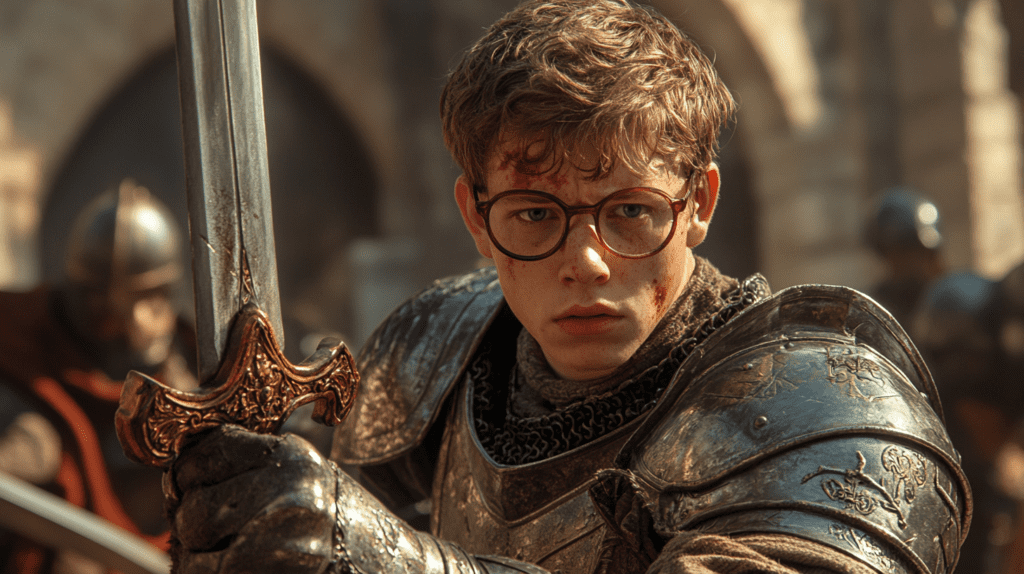In golf, nothing draws attention like a young prodigy winning on the world stage. But what happens when the phenoms grow up, and the dominance doesn’t last? Rory McIlroy and Jordan Spieth burst onto the scene with historic performances, racking up major championships and rewriting the record books before their 26th birthdays.
For a moment, it looked like we were witnessing the rise of not one, but two players who could challenge Tiger Woods’ legacy. But a decade later, while both remain elite, the sheen of inevitability has worn off.
Their careers highlight a truth many fans and analysts overlook: peaking early is just the beginning, and sometimes, the hardest part is staying great.
Jordan Spieth’s High-Speed Rise and Stubborn Plateau
Jordan Spieth made winning look routine. In 2015, he was just 21 when he won both the Masters and the U.S. Open, and finished that season with five wins, 15 top-10s, and over $12 million in earnings. He was everywhere—winning majors, starring in commercials, and becoming the face of a new generation of golfers.
But the falloff came just as fast. Over the next few years, his swing became inconsistent, his once magical putting turned shaky, and the wins dried up.
- From 2018 to 2020, Spieth went over 1,300 days without a win.
- He fell out of the top 50 in the world rankings.
- His confidence, once unshakable, became a frequent topic in interviews.
To his credit, Spieth remained open about his struggles, acknowledging the mental toll and the technical overhauls he was undertaking. He eventually ended his winless drought in 2021 at the Valero Texas Open, showing flashes of the old Spieth. But while he’s still competitive, that era of dominance feels like a different lifetime.
Read More: Ranking the 15 Most Likeable Golfers of All Time
Rory McIlroy and the Elusive Fifth Major
Rory McIlroy’s early success was staggering. By turning 26, he had already won four majors: the 2011 U.S. Open, 2012 and 2014 PGA Championships, and the 2014 Open Championship. With his mighty swing and calm demeanor, he looked like the perfect blend of raw talent and poise.
But since that last major in 2014, McIlroy has been stuck on four. The reasons vary—sometimes it’s a bad round at the wrong time, other times it’s pressure mounting on Sundays. Despite consistently being in the conversation, Rory hasn’t broken through on the primary stage again.
- He’s had multiple top-10 finishes in majors without closing the deal.
- He won the Players Championship in 2019 and two FedEx Cups.
- His status as a spokesperson and statesman of golf has only grown.
Yet fans and critics continue to ask the same question: When is a significant number five coming?
Read More: 10 Golfers You’d Want Your Kid to Look Up To
Living in the Shadow of Early Greatness
What unites Spieth and McIlroy isn’t just their success, but the burden of expectation that came with it. Their early peaks set bars that even their impressive careers have struggled to match. And that creates a strange tension: they’re still among the best golfers in the world but are also constantly measured against earlier versions of themselves.
In a sport where careers span decades, Rory and Jordan have time. They continue to contend, inspire, and evolve. But their stories serve as reminders that golf, more than almost any other sport, is about managing the long game—mentally, physically, and emotionally.
Even greatness, when it comes early, doesn’t guarantee a smooth ride. For McIlroy and Spieth, climbing to the top was just the beginning of their most difficult challenge—staying there.






